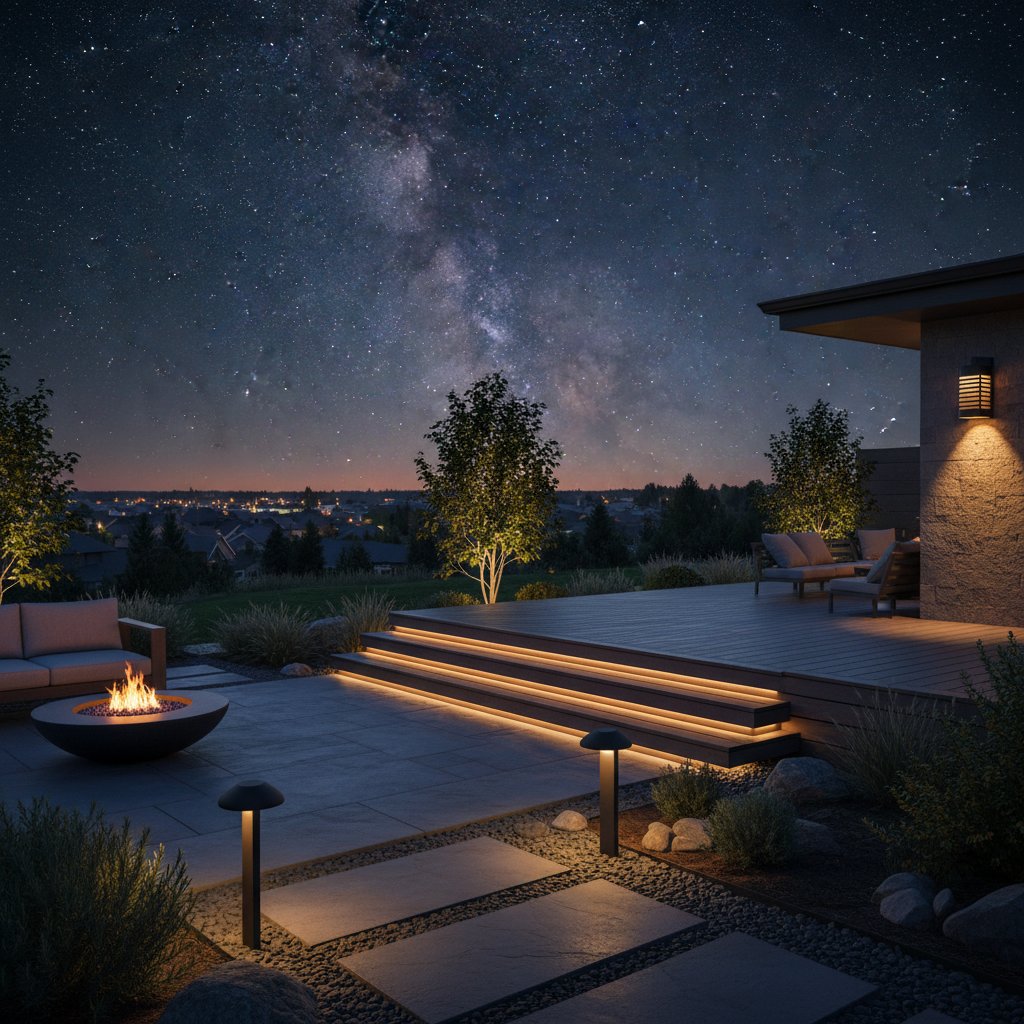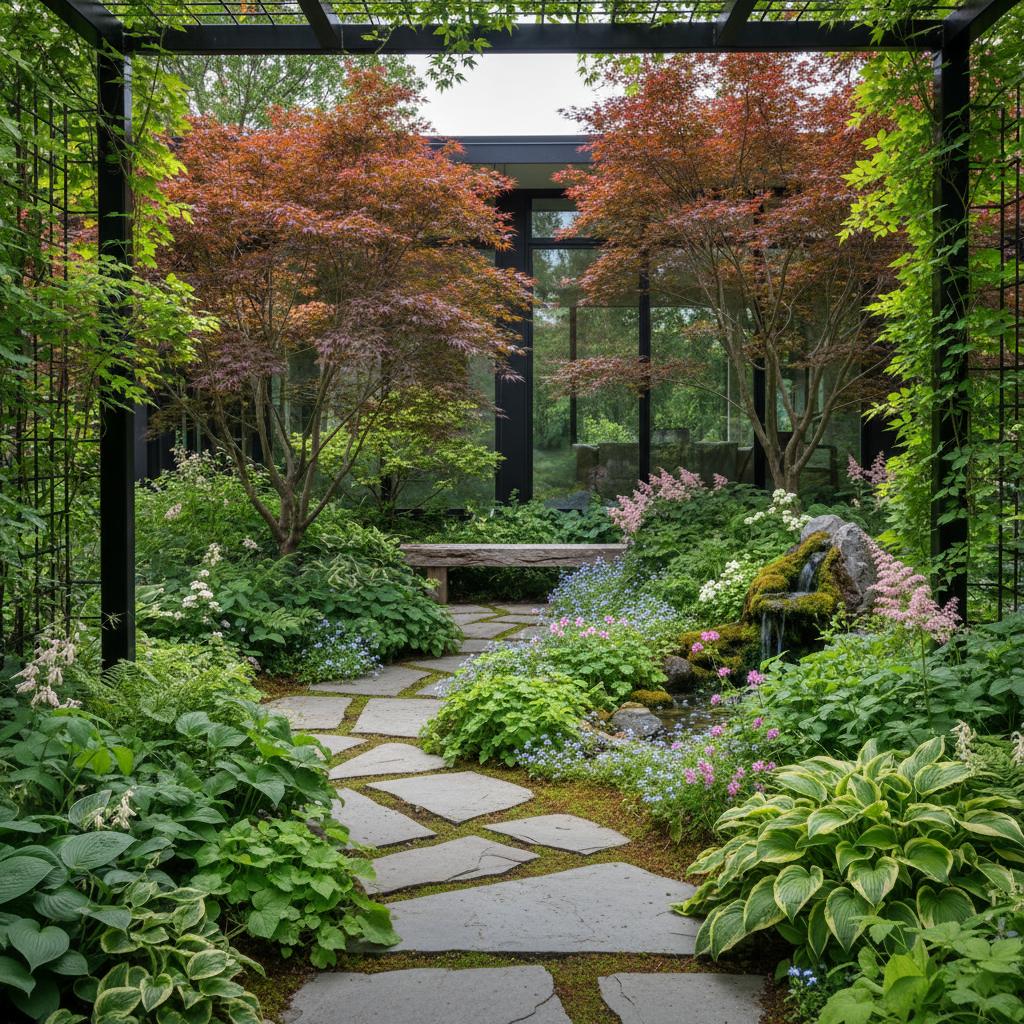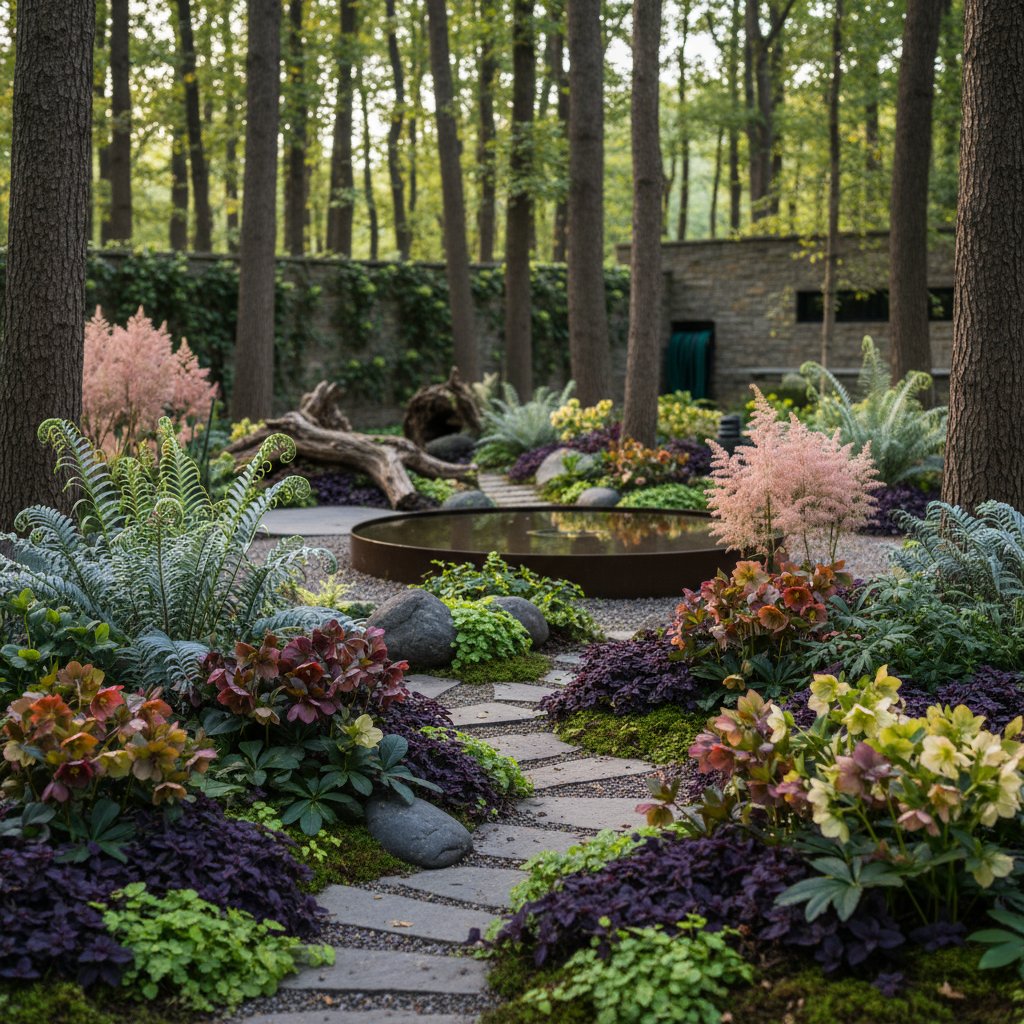Introduction to Responsible Outdoor Lighting
Outdoor lighting evolves beyond basic illumination to influence ambiance, safety, and the surrounding ecosystem. Homeowners increasingly recognize that excessive or poorly directed light contributes to light pollution, which obscures stars and disrupts natural rhythms. Current trends emphasize efficient designs that provide necessary visibility while minimizing environmental impact. When planning updates for yards, driveways, or patios, prioritize options that promote sustainability and enhance enjoyment without unnecessary energy expenditure or sky interference.
Core Principles of Dark Sky Lighting
The dark sky initiative promotes practices that curb glare, skyglow, and light trespass. Originally focused on urban development, these guidelines now inform residential landscapes effectively. The fundamental approach directs light precisely where required, activates it only during use, and limits its intensity.
Homeowners can implement these key strategies:
- Shielded Fixtures: Opt for fully enclosed or cutoff designs that channel light downward, preventing upward or sideways spill.
- Reduced Intensity: Select bulbs with moderate lumens, avoiding high-powered options suited for industrial settings.
- Warm Color Temperatures: Choose sources around 2700K or below to produce a gentle glow that scatters less in the atmosphere.
- Automated Controls: Incorporate timers, motion detectors, or dimmers to ensure lights activate solely when necessary.
- Strategic Positioning: Target illumination on walkways, doorways, and gathering spots, sparing broad areas like lawns or foliage.
Adopting these methods fosters serene outdoor settings that honor neighboring properties and celestial views.
Trend 1: Embracing Warmer Light Tones
Bulb color temperature determines light's atmospheric interaction. Harsh white or blue hues generate excessive glare and penetrate deeper into the sky. Warmer amber or soft white alternatives integrate seamlessly with natural surroundings.
Recommended Options
- LED Bulbs at 2700K or Below: These deliver a soothing, flame-like warmth ideal for residential use.
- Amber LED Fixtures: Engineered for dark sky adherence, they reduce visibility from afar.
- Solar-Powered Variants: Frequently equipped with warm LEDs that evoke twilight hues.
Practical Benefits
Such lighting eases eye strain and complements organic elements like timber, masonry, and foliage. It accentuates surface details and plant forms subtly, creating hospitable areas that avoid clinical harshness. Pairing warm tones with precise placement elevates landscape features without dominating the evening serenity.
Trend 2: Adopting Low-Voltage and Solar Systems
Low-voltage setups consume minimal electricity and emit diffused light compared to standard 120-volt systems. Solar alternatives charge via daylight and activate dusk, offering unparalleled efficiency.
System Overview
- Low-Voltage Configurations: Operating at 12 volts, these employ straightforward wiring for paths and accents.
- Solar Illuminations: Available as stake lights, hanging lanterns, or integrated panels for versatile placement.
- Hybrid Approaches: Merge wired elements with solar reserves to guarantee reliability in varied conditions.
Advantages and Considerations
Advantages:
- Decreased power usage and associated costs.
- Inherent softness that curbs brightness overflow.
- Simplified setup suitable for independent installations.
Considerations:
- Solar efficacy varies with weather and location.
- Budget units might offer reduced durability or output.
For optimal results, install low-voltage near buildings for steady performance and deploy solar units across expansive gardens to achieve comprehensive coverage.
Trend 3: Designing for Wildlife Harmony
Artificial illumination influences biodiversity profoundly. Intense or scattered light alters bird migration, insect navigation, and mammal foraging patterns. Wildlife-friendly trends prioritize subdued outputs and selective spectra to mitigate these effects.
Implementation Strategies
- Amber or Red-Tinted Sources: These deter insect swarms more effectively than standard whites.
- Ground-Level Mounting: Position fixtures low to contain light pools and prevent wide dispersal.
- Nighttime Deactivation: Schedule off periods for zones adjacent to vegetation or aquatic features.
- Protective Accessories: Attach baffles or hoods to current setups for glare containment.
This approach safeguards ecosystems while cultivating tranquil evenings. It encourages nocturnal activity and preserves the subtle beauty of moonlit gardens.
Trend 4: Fostering Community Lighting Initiatives
Personal actions yield benefits, yet collective neighborhood efforts magnify outcomes. Many locales now advocate unified dark sky adoption to cultivate shared natural darkness.
Participation Ideas
- Distribute educational materials on compliant lighting to adjacent residents.
- Propose collective rules capping intensity or mandating directional shields.
- Upgrade legacy installations and motivate peers to follow suit.
- Endorse municipal policies favoring low-energy, pollution-reducing technologies.
Synchronized practices across homes diminish regional glare and enhance communal stargazing opportunities.
Trend 5: Upgrading Existing Fixtures Through Retrofitting
Comprehensive overhauls prove unnecessary for pollution reduction. Targeted retrofits upgrade performance economically while retaining current infrastructure.
Effective Modifications
- Directional Attachments: Secure visor-like guards to redirect beams earthward.
- Efficient Replacements: Swap incandescent or high-output bulbs for compact LEDs.
- Control Enhancements: Integrate automated outlets or schedulers for usage optimization.
- Angle Adjustments: Reposition mounts to eliminate skyward or lateral leakage.
These interventions boost efficacy swiftly and affordably. They prolong hardware longevity and align older systems with contemporary standards.
Implementing Sustainable Lighting Solutions
Transitioning to dark sky-compliant outdoor lighting demands initial assessment of current setups. Survey existing fixtures for glare sources and energy inefficiencies, then prioritize high-impact areas like entryways and pathways. Consult local guidelines or experts at centers like Dickinsons Garden Center for tailored recommendations. With these steps, homeowners craft illuminated havens that blend functionality, elegance, and stewardship, ensuring nights remain as enchanting as they are essential.



